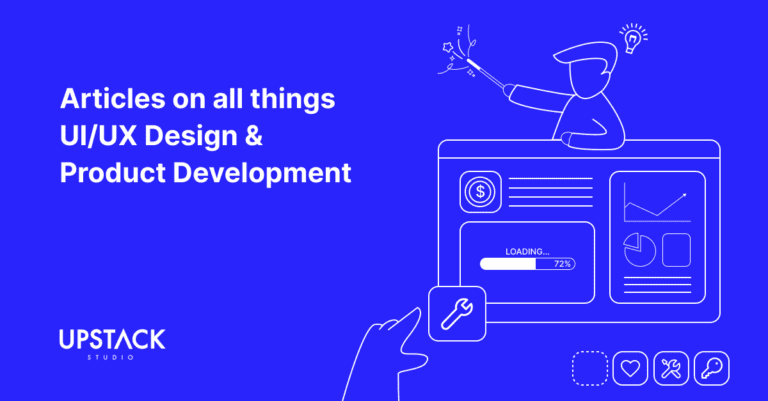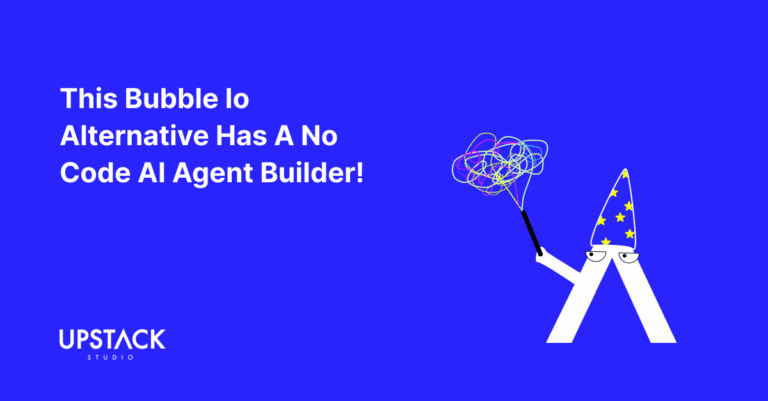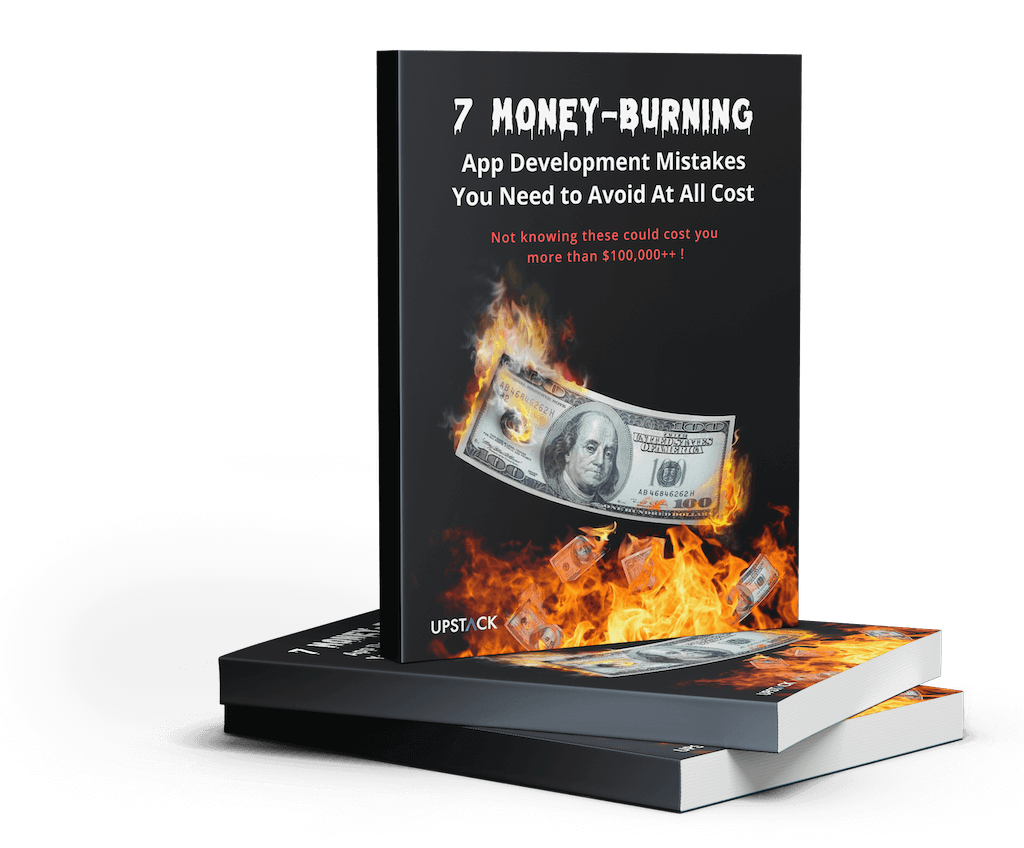What is no code SaaS?
A “no-code” Software as a Service (SaaS) refers to a type of software application created without writing any custom code. These platforms are made by combining existing blocks of code in a drag-and-drop interface.
It allows those with zero coding knowledge to build working apps (within the limits of the no-code app builder).
Benefits of starting with no code
Three main advantages make no code SaaS an excellent choice for beginner non-tech founders:
Cost-Efficiency
No-code platforms reduce development costs as they need less technical resources.
Rapid Prototyping
No-code platforms are excellent for quickly building prototypes to test ideas and gather user feedback.
Speed of Development
No-code platforms can significantly reduce the time it takes to iterate your product.
TL;DR: You can build early versions of your software super-fast and cost-effectively.
Examples of successful no-code SaaS
This could be an endless list, but one of our favourite successful no-code SaaS is Dividend finance.
It grew from a no-code MVP to a $50 million dollar business.
You can read more about it in our no code case study.
Principles of starting a no-code SaaS business
Before we go any further, here are three rules of thumb that will serve you well:
- Prioritize speed over perfection
- Never fall in love with ideas
- Be prepared to do everything right, and still fail
Deal?

Cool – let’s go over how you’re going to start your no-code SaaS business.
A step-by-step guide to starting a no-code SaaS
Our teachers in high school loved to teach stuff using acronyms.
And so, we present to you our creatively titled N.O.C.O.D.E. process, patent pending:
- Step 0: Note down your ‘why’
- Step 1: Observe problems
- Step 2: Connect to a solution
- Step 3: Obtain validation
- Step 4: Design, Build and launch
- Step 5: Expand and Iterate
There’s also an optional Step 6 which we’ll cover at the end.
Just to clarify, this is a guide to starting a no-code SaaS.
This won’t show you how to replace Microsoft and take over Twitter.
It’s awesome to have a vision of the end game of your entrepreneurial journey.
Let’s make sure the first few steps are done right.
Step 0: Note down your ‘why’
We won’t dwell too much on this, but just know entrepreneurship isn’t for everyone.
The potential rewards are great, but so are the risks.
It helps to have a clear reason why you want to pursue this – do you have one?
Ok, you asked for it – let’s get to step 1.
Step 1: Observe Problems
You start with finding an audience.
This audience must obviously be big enough to satisfy your revenue goals.
We can’t and won’t tell you which audience to target – there are just too many.
We would advise you to not just chase numbers, but see where numbers overlap with your areas of interest and competence, namely:
- Your work
- Your passions
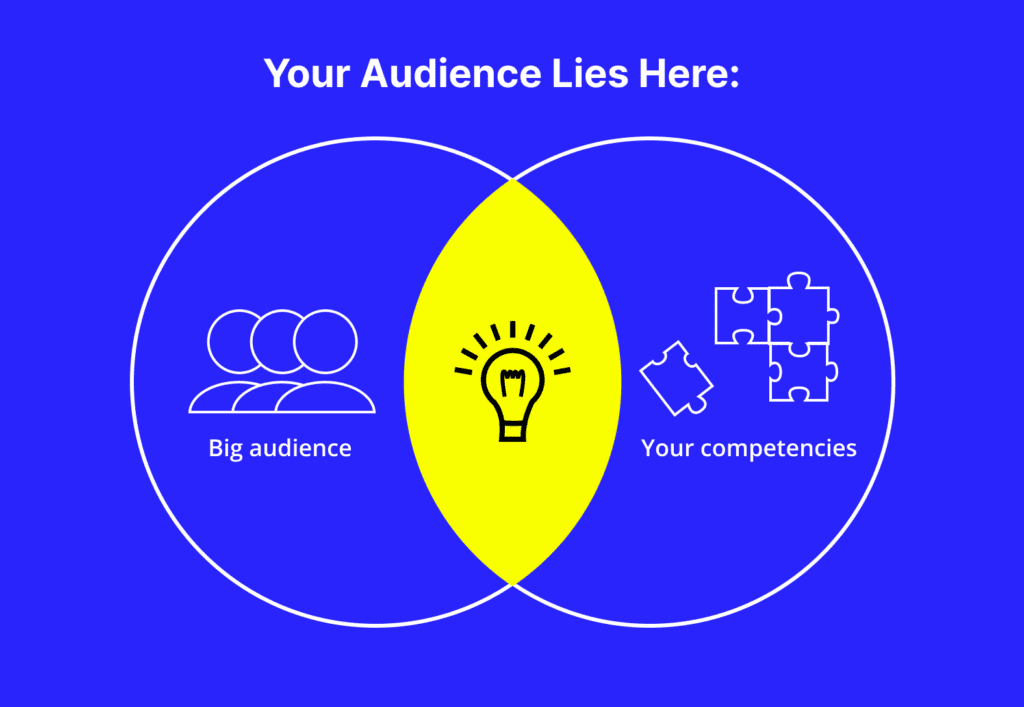
Find sizeable audiences within these limits so you can draw on your first-hand knowledge.
You might have used software products that made you think:
“Whoever made this has zero clue what users really need.”
That’s what happens when you chase numbers without understanding.
Now, observe audiences’ problems.
Time to approach people and ask them what problems they’re facing.
You want a problem that is:
- Frequent
- Carries severe consequences, or ideally
- Both
We’d recommend Reddit as a go-to-market validation source for two reasons:
- Subreddits display how many members they have
- The anonymity encourages people to be honest about their struggles.
Here are three examples of how you can approach an audience on Reddit:
First: directly asking people for solutions they want:
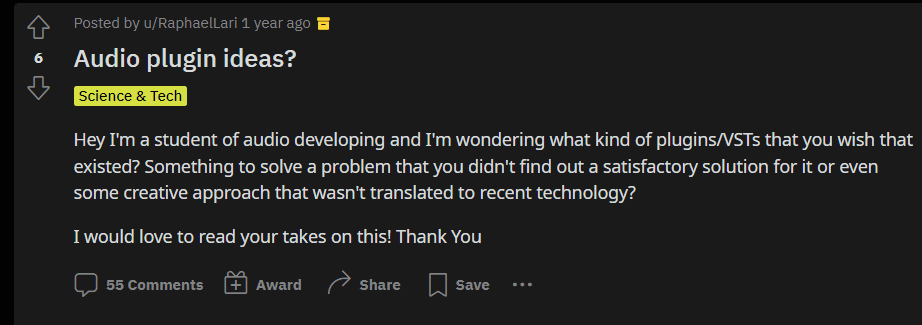
Second: Raise a perceived problem and see the response.

Third: Just be a normal human being and stumble across a goldmine unexpectedly.
That’s what happened to one of our writers whose date flaked on him last minute.
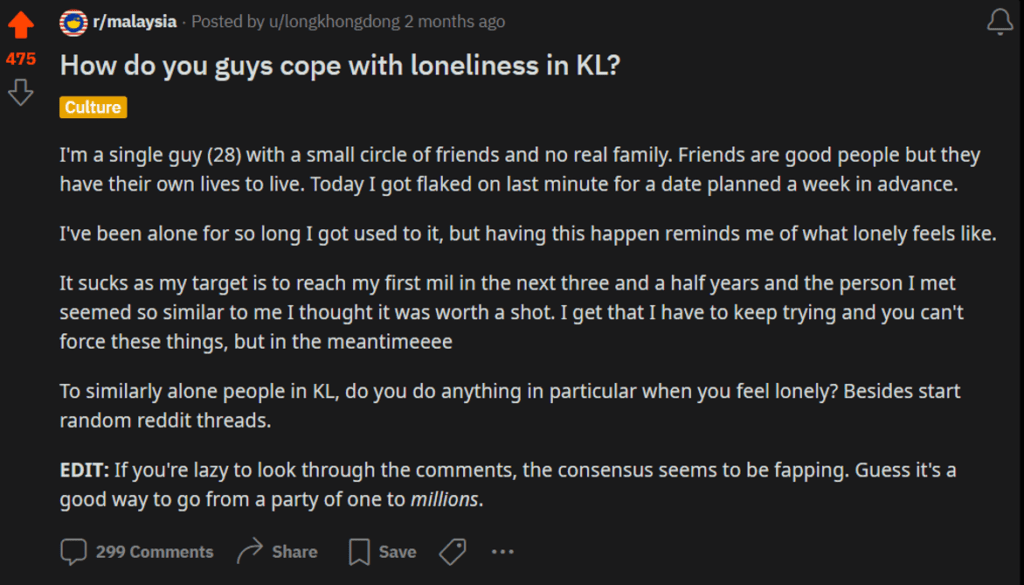
Problems are all around us, for those who are willing to observe and listen.
Step 2: Connect to a Solution
Go down your list of problems and finish this sentence.
This pain point can be solved by software that……
What core function does your SaaS perform?
That’s the value proposition – the solution.
Let’s use a real-world example, LinkTree.
The pain point: an inability to share multiple links on their Instagram pages.
And if we’re honest, an inability to share a specific link.

The solution: The pain point was solved with software that consolidates all links on a webpage in a user-friendly way so IG influencers can share all their links.
Once you know the value proposition of your solution, time to map out core features.
The value proposition is what your SaaS does for users.
Core features are what your SaaS needs to do it.
This is important for two reasons:
- You may find some core features are beyond what a no-code SaaS can offer.
- It demonstrates to your audience how your SaaS delivers the value proposition.
Get used to giving ideas the axe; no code app builders have limits.
A solution could have huge potential, but if the core features aren’t something you can achieve, that potential will never be realized.
Remember the second principle: Never fall in love with ideas.
How do you know if your ‘no code’ SaaS idea can be built with no code?
Ideally, we’d ask God.

If you and the big man upstairs aren’t so close, we’d ask the next best thing: Reddit!
In this case, we’d ask the nocode subreddit for their thoughts.
If they give the green light, time to test the waters with Step 3.
Step 3: Obtain Validation
So far, everything has been done in your head and on Reddit.
Time to show your idea to the rest of the world.
All you need is a product landing page.
We’ve put together a comprehensive guide to create app landing pages here. It’s not going anywhere, so finish this guide first.
You are hunting for a 3% conversion rate.
For every 100 people on your page, you want three to give you their contact information.
This means you need traffic, which you’ll drive with two methods:
- SEO: where you insert keywords that rank on search engine results pages.
Organic marketing: where you interact on public platforms – wherever your audience is, you’re there looking like Wacky Waving Inflatable Arm Tube Man.

Do whatever it takes to get attention:
- ask politely for feedback,
- produce dank memes
- offer early bird lifetime discounts,
- answer questions and tie in your landing page,
- downright beg the right people to check out your page
As you get feedback, edit the landing page to reflect changes to the product.
- add & remove features,
- change pricing,
- whatever else is relevant.
If you still don’t get a 3% sign-up rate, you probably don’t have a business here.
It depends on the industry and the audience, but a valid idea is hard to miss.
- You’ll see a good percentage of leads willing to pay for it, or
- They’ll share it with their network, or
- It gets featured on a product website.
If it doesn’t get any traction, we’d drop it since the next step is quite resource-intensive.
The beauty of landing page validation is you can validate multiple ideas at the same time.
It costs nothing to fail, and every failure brings you closer to success.
Or a mental breakdown.
But hopefully success.
In which case, time to build a product in Step 4.
Step 4: Design, Build, & Launch
Select a no code app builder and build your first working prototype.
Now, remember the first principle?
Speed over perfection.
So, give yourself no more than 12 weeks to finish the prototype and go to market.
If you really want to go to market ASAP, consider hiring no-code developers.
This way, you won’t limit your app builder’s capabilities with your unfamiliarity.

In our SaaS case study on Dividend Finance, we covered how the founders hired developers to build their MVP on Bubble, a no-code app builder.
They got a fully functioning prototype in six weeks!
Either way, be sure to thoroughly test all core features.
You only make a first impression once, so be sure it’s a lovable experience for users.
12 weeks later, blast your mailing list – tell them salvation has arrived.
Step 5: Expand & Iterate (With Feedback)
Ask your users how satisfied they are, and prepare to deal with three things:
Bugs
Bugs will get missed during the testing stage.
Major mistakes and someone’s head needs to roll.
But minor bugs are simply part of software development.
Get used to doing this every day:
- fix bug
- test fix
- inform users of the fix and thank them
And it’s a never-ending cycle really – bugs will always be around.
Your job is to make sure they don’t jeopardise the UX.
New feature requests
Your users may discover new use cases your SaaS doesn’t accommodate.
You don’t have to accommodate this since it means more work and expense.
We’d ask ourselves:
- How much would it cost to implement?
- How related is this to the core function of my SaaS?
- Is it a universal request among users?
- What are the chances my competitor might implement it?
If number 1 is beyond our budget, the other questions aren’t relevant.
If we could afford it, then is it worth the investment?
Remember, a business only solves problems if there’s a return on investment.
Pricing changes
Keep raising your price and you’ll reach a point where demand drops to zero.
Keep dropping your price and you’ll reach a point where demand stays the same and you’re cutting into revenue for no benefit.
Experiment with different price points and offers, but please grandfather in early users.
It builds trust so if you ever build another SaaS, they are prime early customers.
This last step lasts the lifetime of your no-code SaaS.
Unless you take your product and business growth to the next level.
Will the real entrepreneurs please step up and head to Step 6!
(Optional) Step 6: Transition into Low/High Code
No code SaaS can only offer so much in capabilities.
It is, after all, a software built out of blocks of Lego.
You can’t really go wrong, but build high and narrow enough, and the blocks won’t fit any more.
If your app is profitable enough, there will be competitors.
You could go into a price war and see who can tolerate a more miserable existence.
Or you can go custom code and fight back with a superior product.
That’s when you come to find Upstack Studio and get us to build a custom SaaS for you.
🔑 Key Takeaways
- No code SaaS is a great way to build early-stage prototypes quickly and cost effectively
- The first real step is to identify a target audience that has a decent size and overlaps with your area of expertise.
- Next, ask them what problems they face or what solutions they need. We recommend hitting up the relevant subreddit.
- Create a free app or SaaS landing page to validate your SaaS idea. You want a 3% conversion rate.
- Give yourself a maximum of 12 weeks to build a working prototype of your no code SaaS with an app builder of your choice.
- Continuously seek feedback and solve bugs, change pricing plans, and otherwise improve the value proposition of your SaaS.
- Of course, eventually no code app builders will limit how much your SaaS can do, at which point you may want to transition into low/high code app development.
Hey there stranger, thanks for reading all the way to the end. Consider joining our mailing list for a one-stop resource on everything from micro SaaS validation all the way to execution and promotion. Get a nifty list of questions to ask app developers when you sign up!
App Developer Interview Questions Template
Download this template now so you know exactly what to ask App Development Agencies! Let us know where should we send it through the form below.

